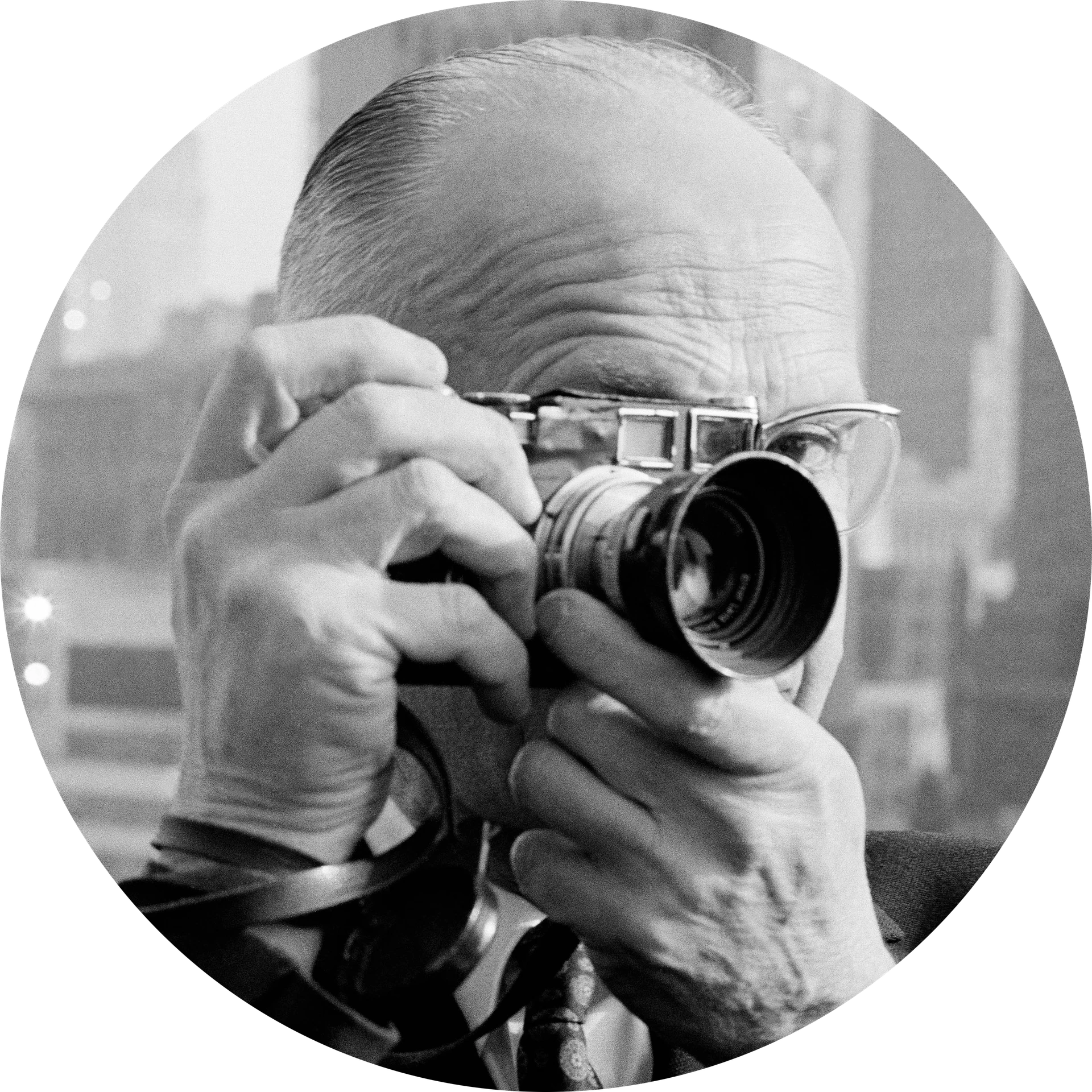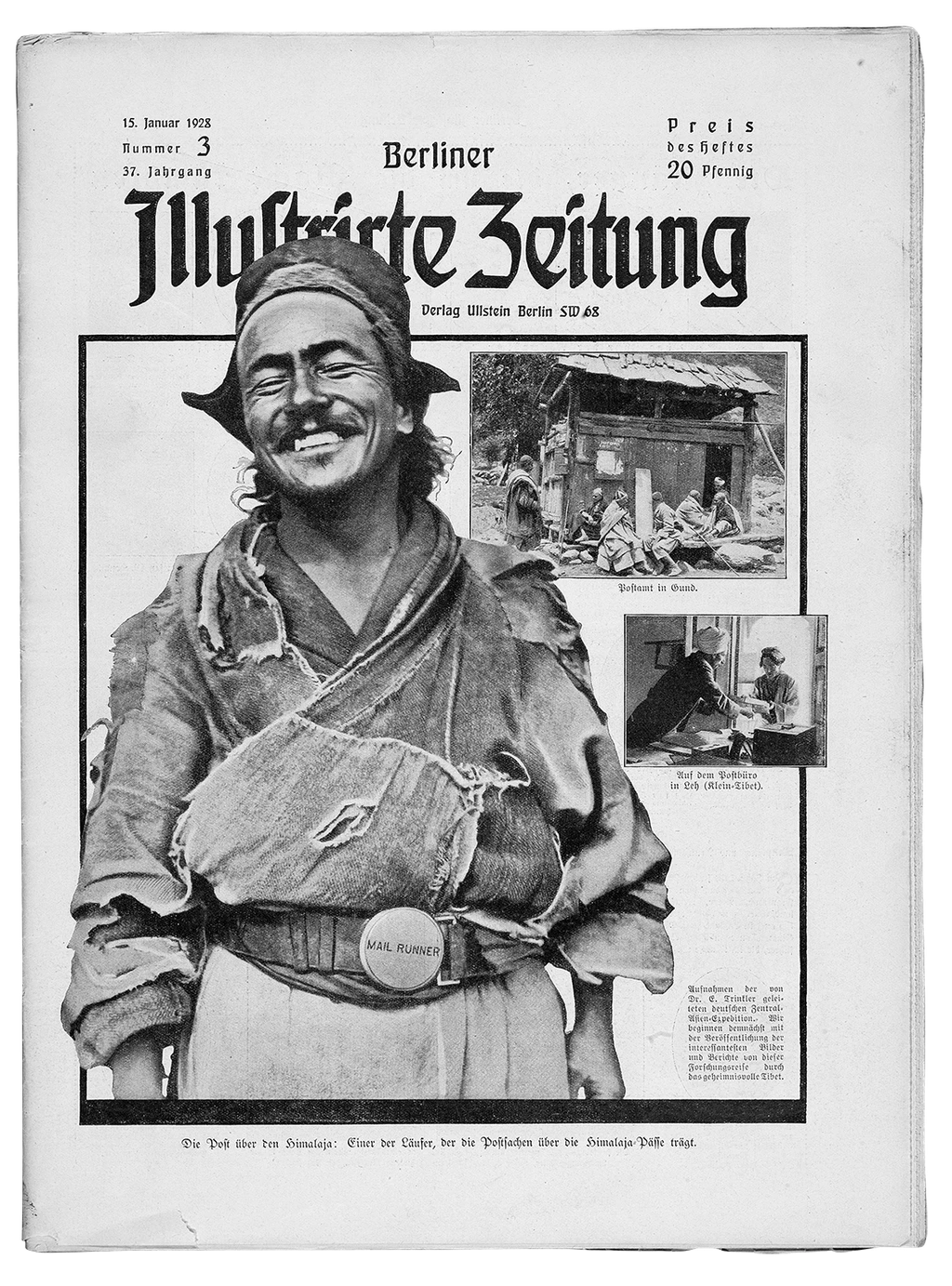Leica I
The World Sees Itself Anew: The Birth of Modern Photography
In a time of upheaval and self-discovery, a camera arrives that makes spontaneous picture-taking on the move a reality. The Leica I, Leitz’s first 35 mm camera in serial production, makes its debut in 1925 at the Leipzig Spring Fair. It becomes the only camera on the market that allows the photographer to perfectly capture a moment. The Leica I will soon shape a new era of photography, self-presentation, documentation, and reportage. And change the way we remember who we were.
Taking a photograph means putting head, eye and heart in the same line of sight.– Henri Cartier-Bresson, 1932© Dennis Stock / Magnum Photos


Images Begin to Say More
Spontaneous shots, changing perspectives: The Leica I gives journalism a new language, too. Real photo reportage is beginning to replace staged shots and illustrations – vibrant, human, and on the move. The writing that comes with it also gains more depth, as it can now refer to the image, and no longer needs to describe the scene from scratch. Accordingly, the new visual form of journalistic storytelling conquers both magazines and newspapers at an equally fast pace.